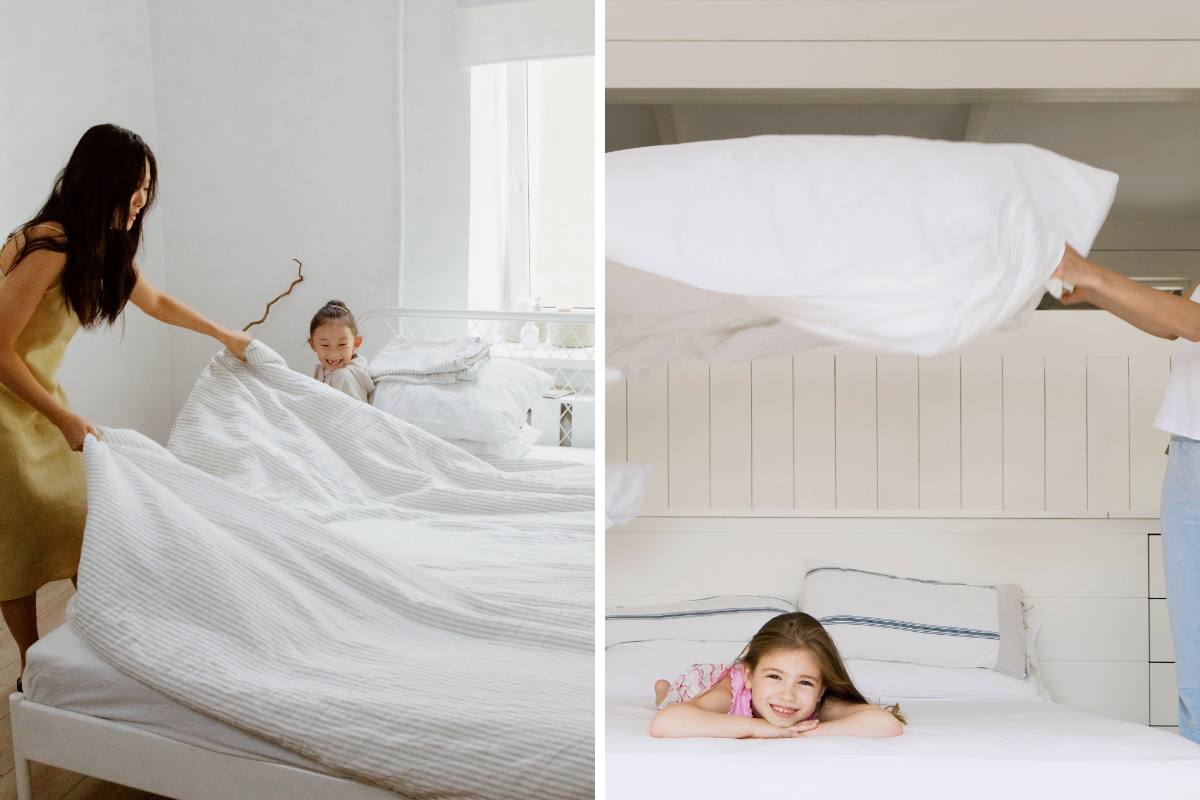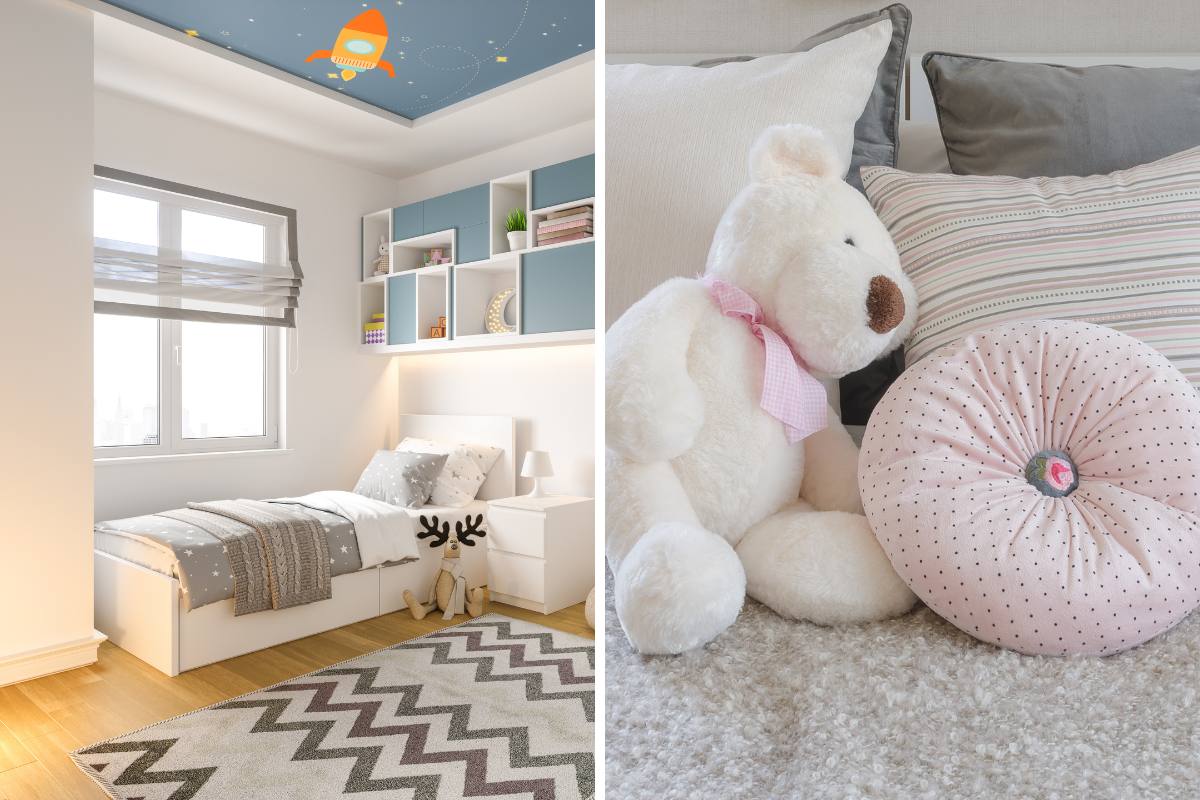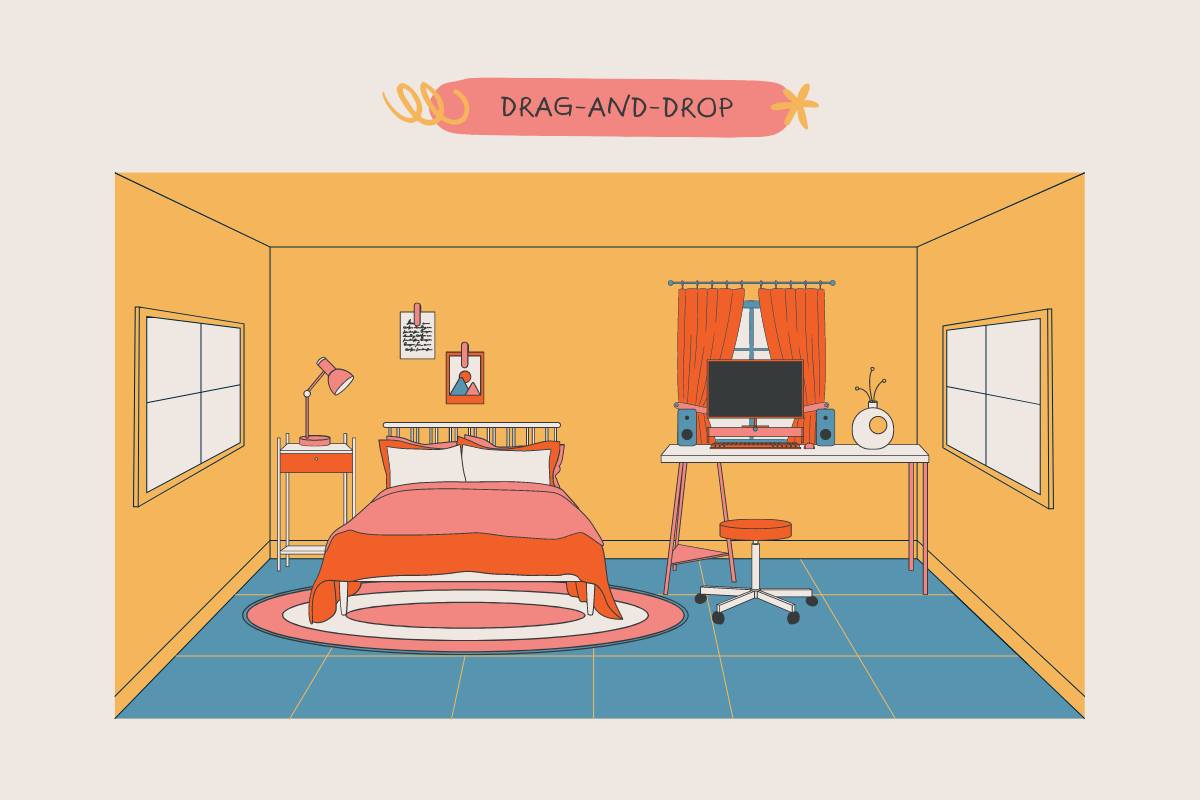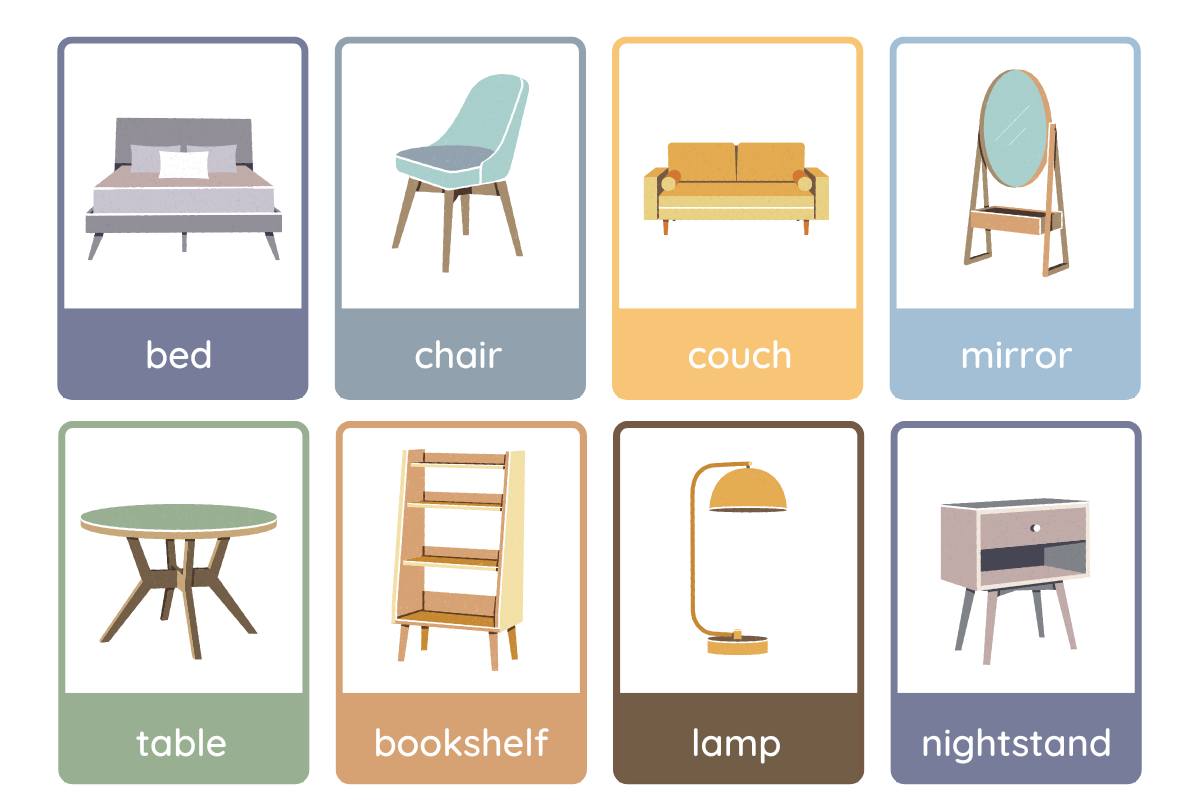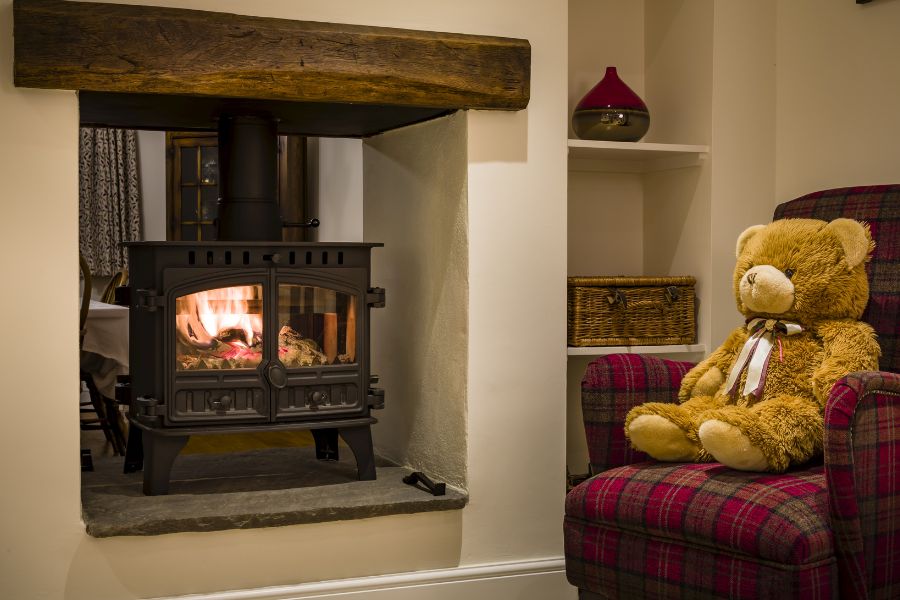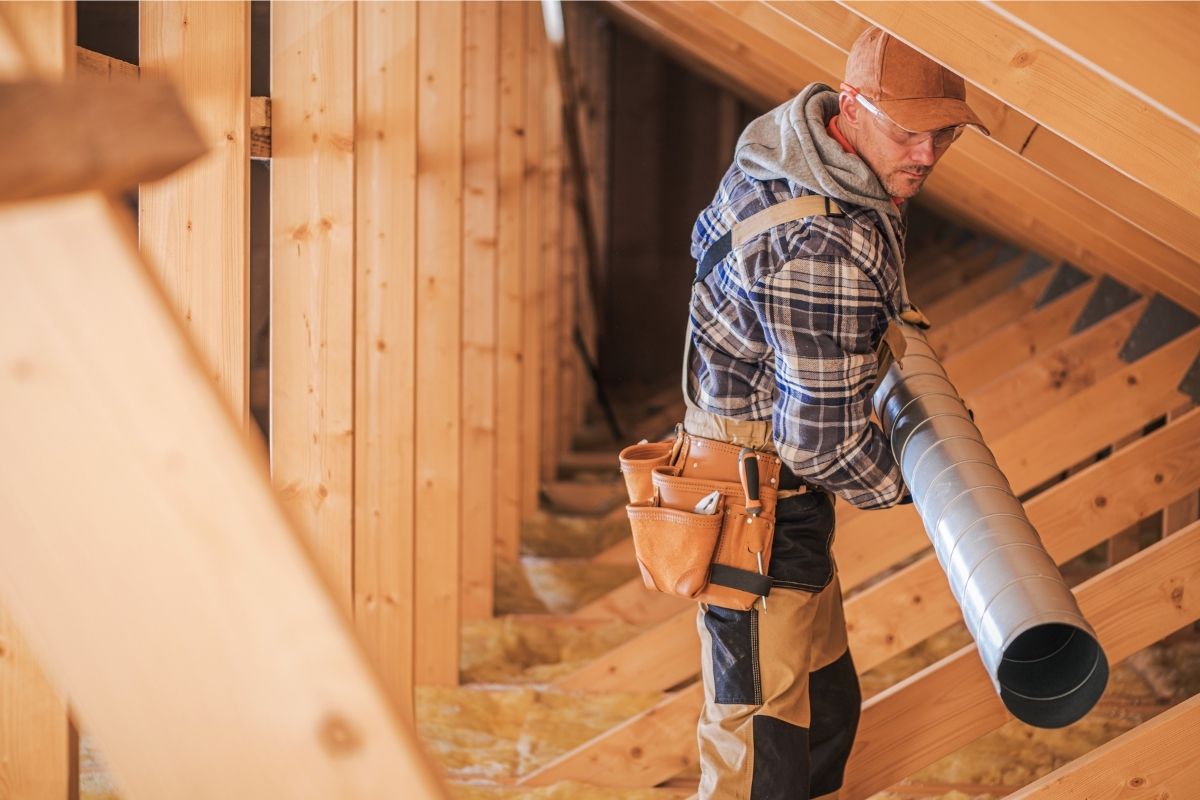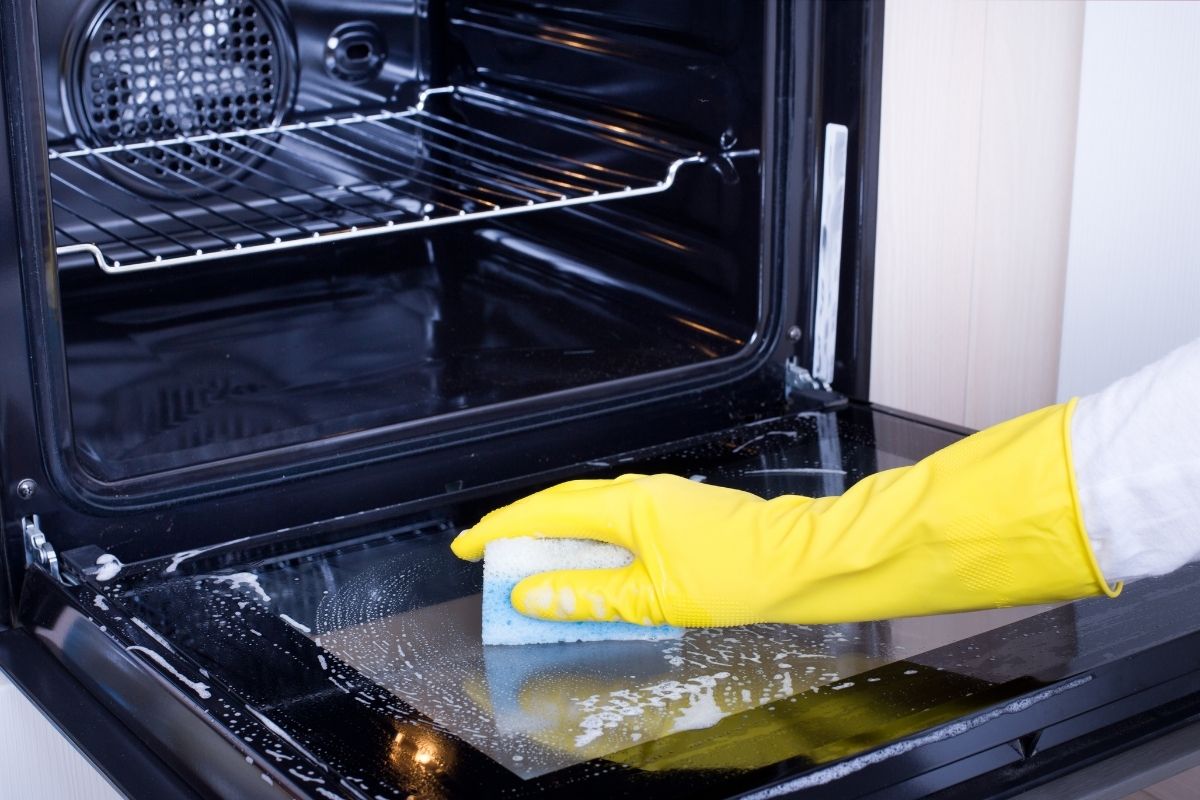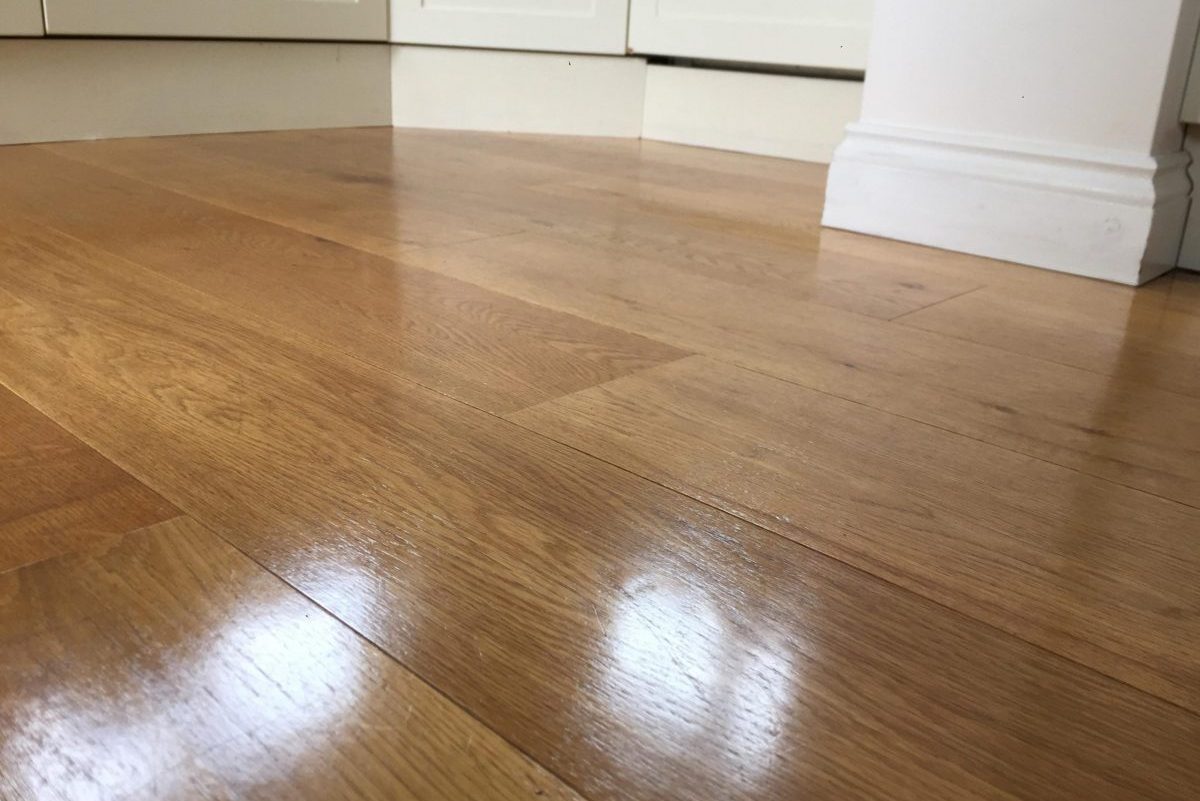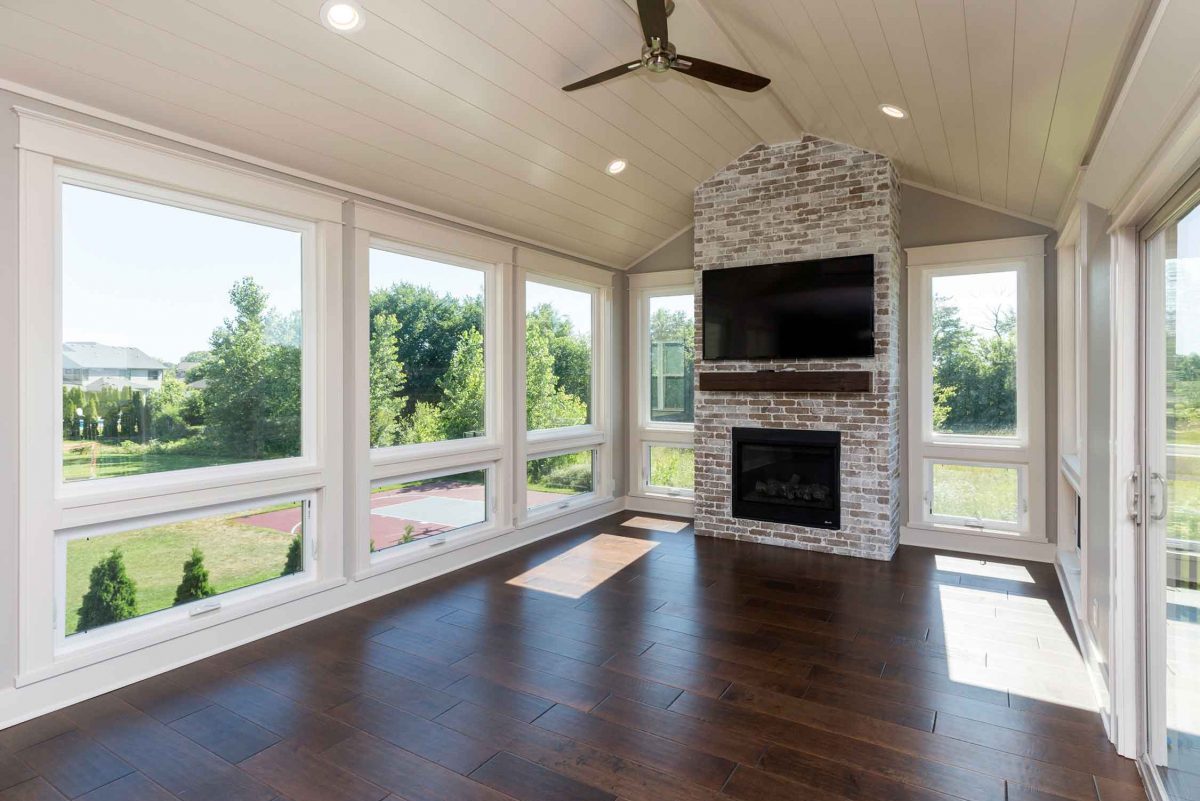The ambiance and warmth of a wood-burning fireplace in a home is a cherished feature for many. However, there may come a time when homeowners decide to replace or remove their wood-burning fireplace insert for various reasons. The cost to remove wood-burning fireplace insert varies, depending on multiple factors. This article sheds light on these factors to give you a clear idea of what to expect. Learn how to maintain your wooden furniture, pick the right furniture for your kid’s room, and install a water softener here.
Factors Affecting the Cost of Removal
Type and Size of the Insert
The kind of wood-burning fireplace insert or stove you have can influence the removal cost. Steel inserts are generally lighter and easier to handle than their cast iron counterparts.
Furthermore, the size and weight play a significant role as more extensive and heavier inserts require more manpower and equipment.
Complexity of the Installation
Every fireplace insert, be it a simple wood-burning stove or a more intricate wood-burning fireplace insert, is unique in its installation. Some might be bolted securely, others might be custom-fitted, and the venting mechanism varies. The more complex the initial structure, the more complicated the removal process might be.
Condition of the Fireplace and Chimney
The current condition of your wood-burning fireplace and its accompanying chimney could contribute to the complexity and cost. If the fireplace or chimney has aged or deteriorated, you may need to take additional precautions or steps for safe removal.
Location and Accessibility
Removing a wood-burning wood-burning stove from the ground floor might be less labor-intensive than a fireplace insert in a multi-story home. Accessibility plays a significant role in determining the ease and, consequently, the removal cost.
Local Labor Rates
The area you reside in can significantly influence the removal costs. There might be competitive rates in areas where wood-burning stoves and fireplaces are more common.
However, in regions where gas fireplaces dominate, professionals with expertise in wood stoves or fireplace insert removal might charge a premium. This is due to the specialized nature of the job.
What are the Potential Additional Costs?
Chimney Cleaning and Inspection
After removing a wood stove or fireplace insert, a thorough chimney cleaning is often necessary. More so if you’re planning to transition to a gas fireplace. That’s because the residues from wood burning interfere with the efficient functioning of a gas fireplace insert.
Repair and Restoration
Fireplace removal costs may not always include post-removal restoration. Depending on the condition and age of your old wood-burning stove or its surroundings, there might be a need for masonry repairs, repainting, or aesthetic touch-ups.
Disposal Fees
Properly disposing of an old wood stove insert or other fireplace inserts might incur additional charges. Especially if they are large or made of materials requiring special handling, like metal chimneys.
Replacement or Conversion
Transitioning from a wood-burning setup to a gas fireplace insert may also have associated costs. This might involve purchasing the new unit, installation fees, and any required structural adjustments to accommodate the new insert.
Partial Removal
In some instances, homeowners might opt for partial removal, where certain components of the fireplace or chimney serve aesthetic or functional purposes. This could alter the standard fireplace removal costs.
What’s the Average Cost to Remove Wood Burning Fireplace Insert?
Fireplace removal costs can vary considerably based on the factors previously discussed. On average, here’s a rough estimate:
Typically, removing a standalone wood stove might range from $200 to $500, depending mainly on its size and location.
For inserts integrated within a fireplace, costs can fluctuate between $300 to $800. The variation considers the complexities of the insert design and how it fits into the fireplace.
Given the potential intricacies of detaching and disposing of a metal chimney, the cost to remove such setups might be between $600 and $1,200.
Suppose your removal is part of a transition to a gas fireplace. In that case, you’d also need to factor in the purchase and installation of the new unit, which can range from $2,000 to $5,000 or more. But this hinges on the model and specific installation requirements.
Average Costs for Removal Other Fireplace Inserts
Navigating through the myriad of fireplace and insert types can be daunting. Besides, the costs differ significantly based on the kind and intricacy of the unit and its installation.
Here’s an estimate:
Wood Burning Insert Removal
Removing a wood-burning insert from a standard fireplace can range between $300 to $800. This accounts for the complexity of detaching it and keeping the fireplace intact.
Gas Line and Wood Fireplace Removal
The safe disconnection and capping of the line for fireplaces connected to a gas line may also attract extra charges. Removal in such cases hovers around $500 to $1,000.
Electric Fireplace Inserts
As these are generally easier to remove with fewer complications related to venting or gas lines, the price ranges from $200 to $600.
Partial Fireplace Removal
If you only want to remove a specific portion of the fireplace, like the chimney stack or the chimney breast, costs range from $500 to $2,000. This service depends on the size and structural challenges.
Complete Chimney Demolition
Taking down an entire chimney, including the flue and outer stack, is a substantial task. Considering the height, location, and material, this may cost anywhere from $2,000 to $6,000.
Chimney Flue Removal
Considering the flue’s complexity and size, if you only want to remove the chimney flue without disturbing the rest of the structure, costs can range between $500 to $1,500.
It’s essential to keep in mind that these are ballpark figures. Always obtain detailed quotes tailored to your specific situation for more precision and to better understand the costs.
Benefits of Professional Removal
Safety First
Fireplaces and chimneys have various safety considerations, whether associated with a wood fireplace or a wood-burning insert. Professionals keep the gas line, if present, adequately disconnected. That way, there’s no risk of structural damage during removal.
Efficiency
Professionals have the right tools and knowledge to expedite the process. Whether dealing with an electric fireplace insert or a complete chimney demolition, they do the job efficiently.
Avoiding Potential Pitfalls
A layperson might not know the structural significance of certain parts of a fireplace or chimney. Professionals guide decisions, like opting for partial fireplace removal or a more comprehensive approach.
Cost-Effectiveness in the Long Run
While hiring professionals might seem like an added expense, it saves you money in the long run. It protects you from mishaps, potential structural damage, or the need for further repairs.
So, What If I Want To Try DIY?
That’s not a problem. However, embarking on a DIY project requires careful consideration, especially for something as intricate as removing a fireplace or gas insert. Note these few tips:
Safety Concerns
The first and foremost concern when considering a DIY removal is safety. Gas inserts, in particular, are connected to gas lines, which, if not correctly handled, pose significant dangers.
Knowledge and Expertise
Removing a brick fireplace or gas insert is not just about physical labor. Understanding the structure, the venting mechanisms, and other intricacies requires a certain level of expertise.
Tools and Equipment
You’ll need specific tools and equipment for easy removal, especially when dealing with stainless steel liner components. Purchasing or renting these tools can be an additional cost.
Disposal
One of the often overlooked aspects of DIY removal is disposal. How will you remove the brick, mortar, or old gas insert? Disposal costs can add up, especially for bulky or hazardous materials.
Potential for Additional Repairs
Mistakes or oversights during a DIY removal lead to additional repairs or interventions. A botched stack removal might require you to hire professionals to fix the damage, incurring extra costs.
Tips for Reducing Removal Costs

If you’re looking to mitigate some of the expenses associated with removing a fireplace or insert, consider the following:
Obtain Multiple Quotes
Always shop around and get quotes from multiple professionals. This gives you a clearer picture of the market rate and allows you to negotiate.
Combine Projects
If you’re considering renovating or making other changes to your home, combining projects might fetch you a bundled deal, reducing individual costs.
Off-Season Removal
Professionals often offer discounted rates during off-peak seasons. Consider scheduling your removal when demand for such services is low.
DIY Disposal
While the removal might be best left to professionals, you could consider managing the disposal yourself, especially if local regulations and facilities allow it.
Sell or Recycle Components
Some components, especially those in good condition, like stainless steel liners, might have resale value. You may sell or recycle them to offset some of the removal costs.
DIY Stack Removal
If you’re confident in your skills, handle simpler tasks like stack removal yourself and leave more complex aspects to professionals.
Summary
Removing fireplaces or inserts, while seemingly straightforward, entails many considerations ranging from safety to disposal. Whether opting for professional services or taking a DIY route, you should be well-informed and prioritize security and structural integrity. Good luck!
